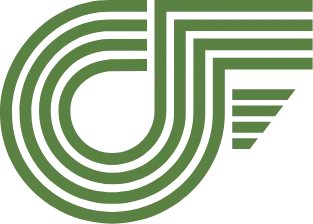How to Recognize the Early Signs of Addiction: What to Look For
Addiction is a progressive disease that often begins subtly, making it difficult for individuals and loved ones to recognize the early warning signs. Identifying these signs early can lead to timely intervention and a greater


